15 Everyday Spices That Can Lower Blood Pressure Naturally
Embarking on a flavorful adventure with everyday spices not only tantalizes the taste buds but also offers a natural pathway to enhancing health, particularly in managing blood pressure. Spices, often overlooked as mere culinary enhancers, hold potent bioactive compounds that have been celebrated throughout history for their medicinal properties. As modern science delves deeper into the benefits of these aromatic ingredients, we discover their potential to seamlessly integrate into our daily diets, transforming meals into health-boosting experiences. This article explores 15 everyday spices that can help lower blood pressure, weaving together tradition, science, and culinary delight into a comprehensive guide for health enthusiasts and culinary explorers alike.
1. Cinnamon: Sweet and Spicy Health Benefits
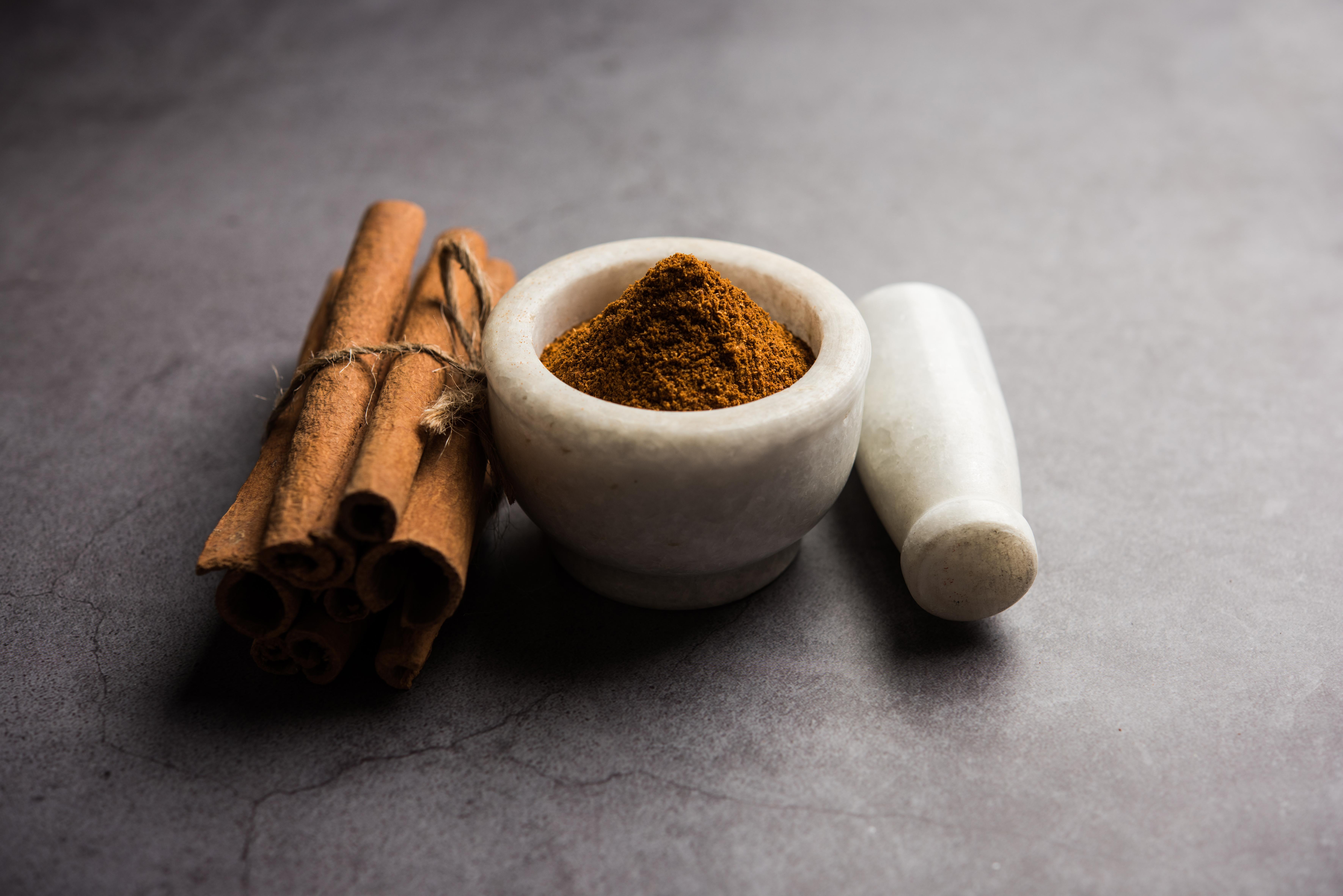
Cinnamon, a beloved spice with a sweet yet spicy flavor, has been used for centuries in both culinary and medicinal contexts. Its primary active component, cinnamaldehyde, is known for its ability to improve insulin sensitivity and lower blood sugar levels. Recent studies suggest that cinnamon also holds promise in reducing blood pressure. By relaxing blood vessels and acting as a natural diuretic, cinnamon helps in reducing the strain on the cardiovascular system. Incorporating cinnamon into daily meals, whether sprinkled on oatmeal or stirred into coffee, can be a simple yet effective strategy for managing blood pressure.
2. Turmeric: The Golden Healer
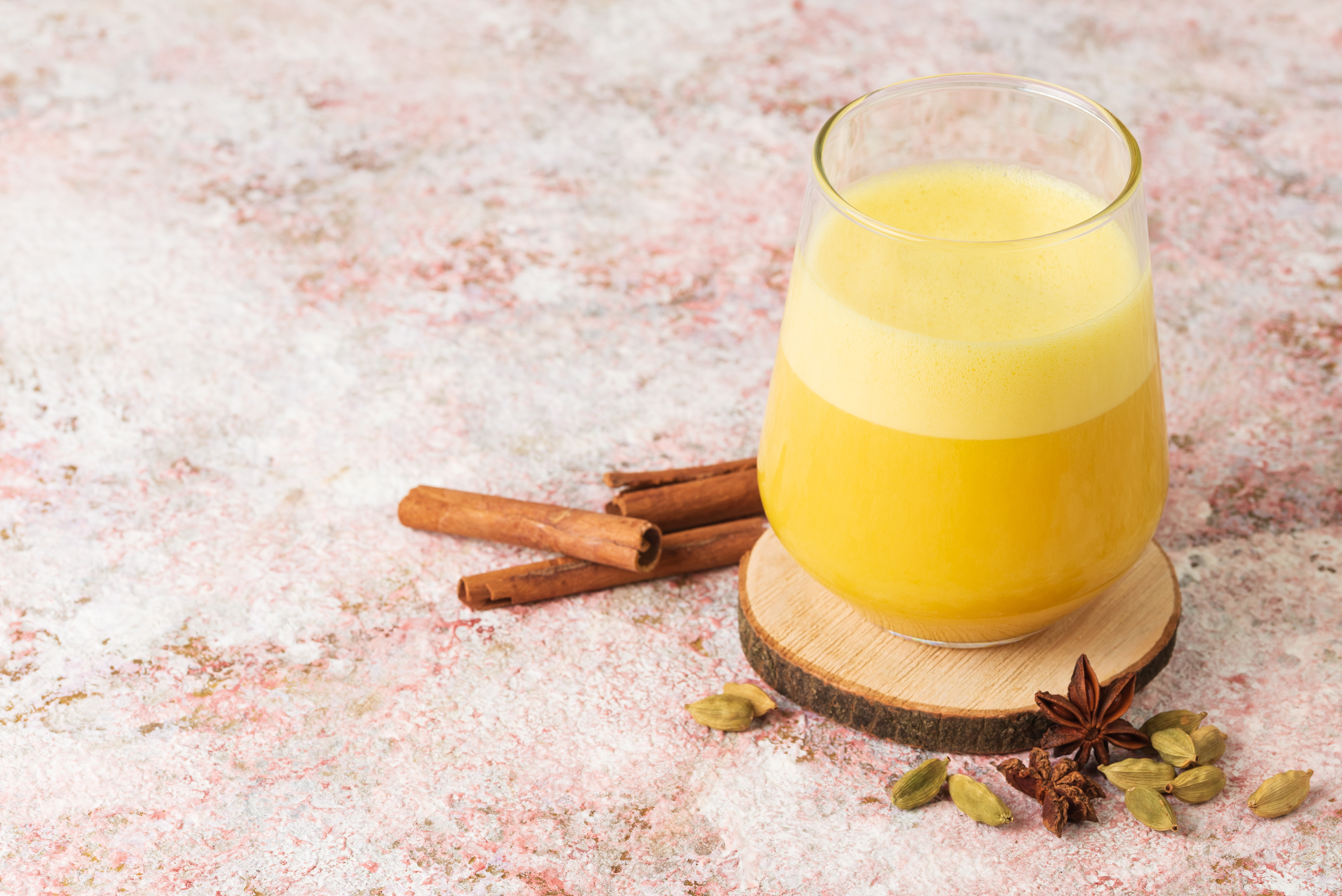
Turmeric, often hailed as a superfood, owes its vibrant yellow color and health benefits to curcumin, a powerful anti-inflammatory compound. Curcumin has been shown to improve endothelial function, which is vital for maintaining healthy blood pressure. By reducing inflammation and oxidative stress, turmeric supports cardiovascular health and helps prevent hypertension-related complications. This section explores the versatility of turmeric in cooking, from curries to smoothies, and its potential as a supplement, providing practical tips for maximizing its health benefits.
3. Garlic: A Pungent Powerhouse
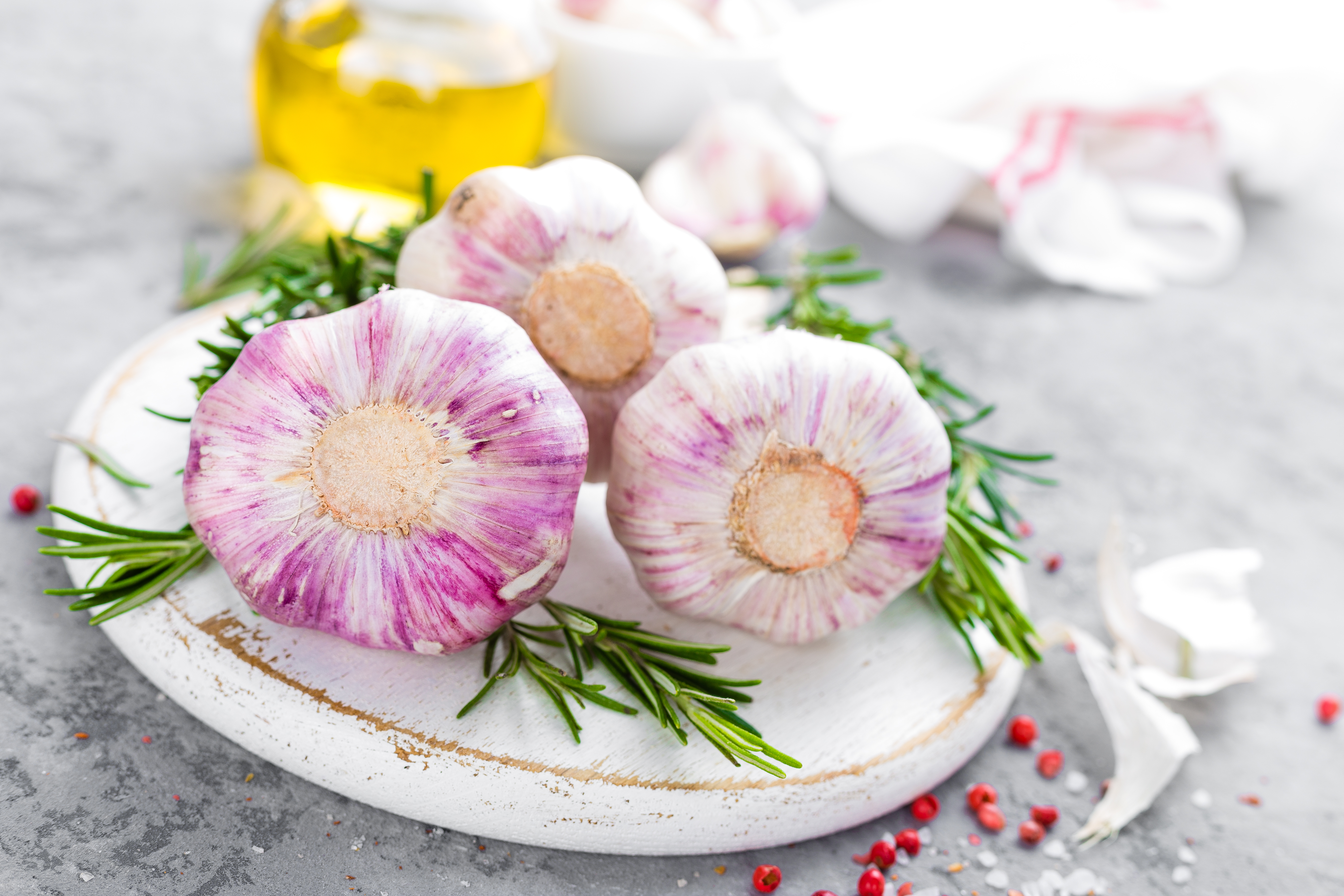
Garlic is renowned for its pungent aroma and its impressive health benefits, particularly in cardiovascular health. The key compound in garlic, allicin, is released when garlic is crushed or chopped. Allicin has been shown to lower blood pressure by promoting vasodilation and reducing arterial stiffness. Regular consumption of garlic, whether raw, roasted, or as an extract, can contribute to healthier blood pressure levels. This section discusses the best ways to incorporate garlic into meals and the potential benefits of garlic supplements for those seeking a more concentrated dose.
4. Ginger: Zesty and Zingy Wellness
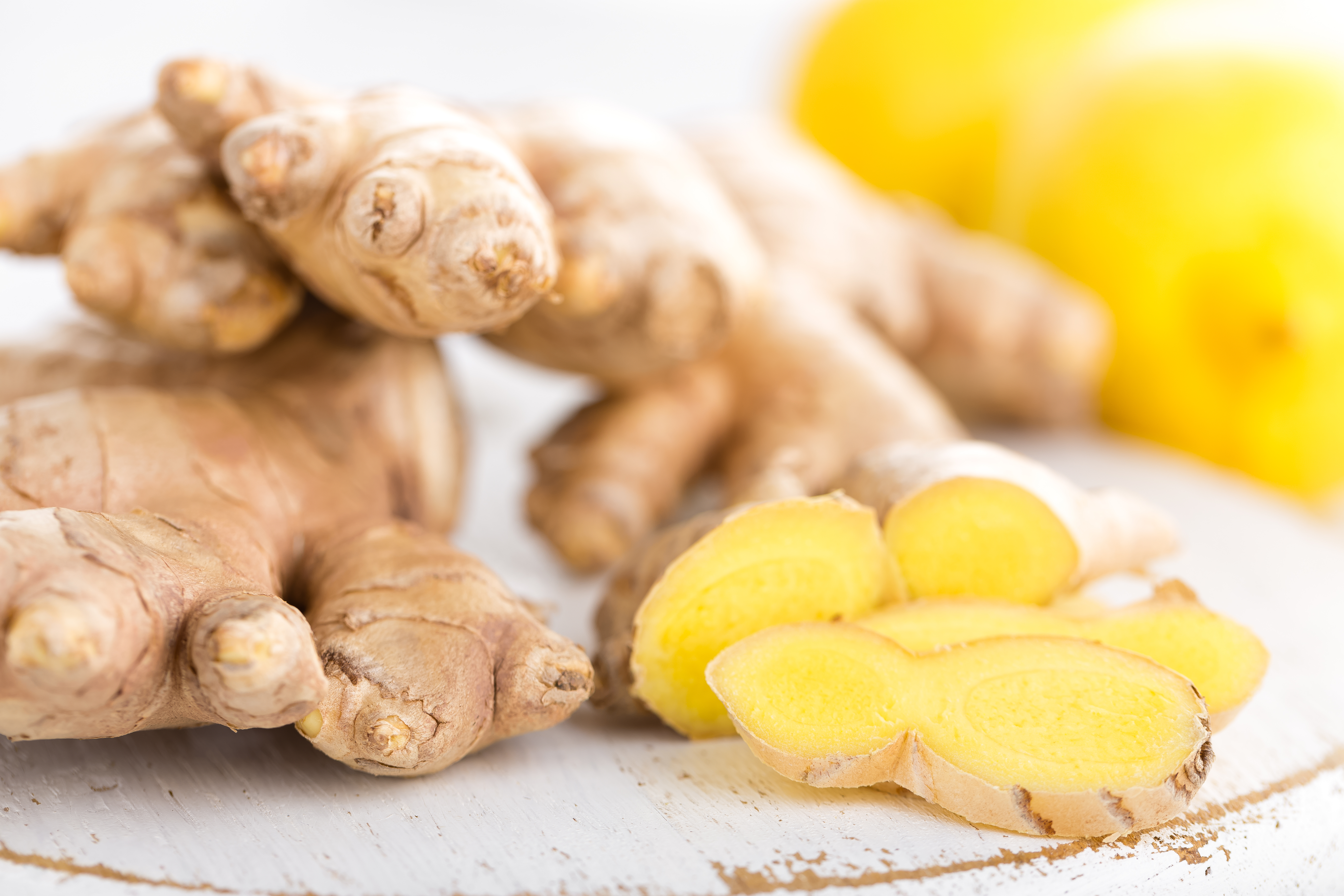
Ginger, with its zesty and warming flavor, is a staple in many cuisines and a revered remedy in traditional medicine. The active compounds in ginger, such as gingerols and shogaols, have been found to improve circulation and reduce blood pressure. By inhibiting enzymes that constrict blood vessels, ginger acts as a natural vasodilator. This section explores the culinary versatility of ginger, from teas to stir-fries, and its role in promoting cardiovascular health. Practical suggestions for incorporating ginger into daily routines are also provided, ensuring that its benefits are easily accessible.
5. Black Pepper: The King of Spices
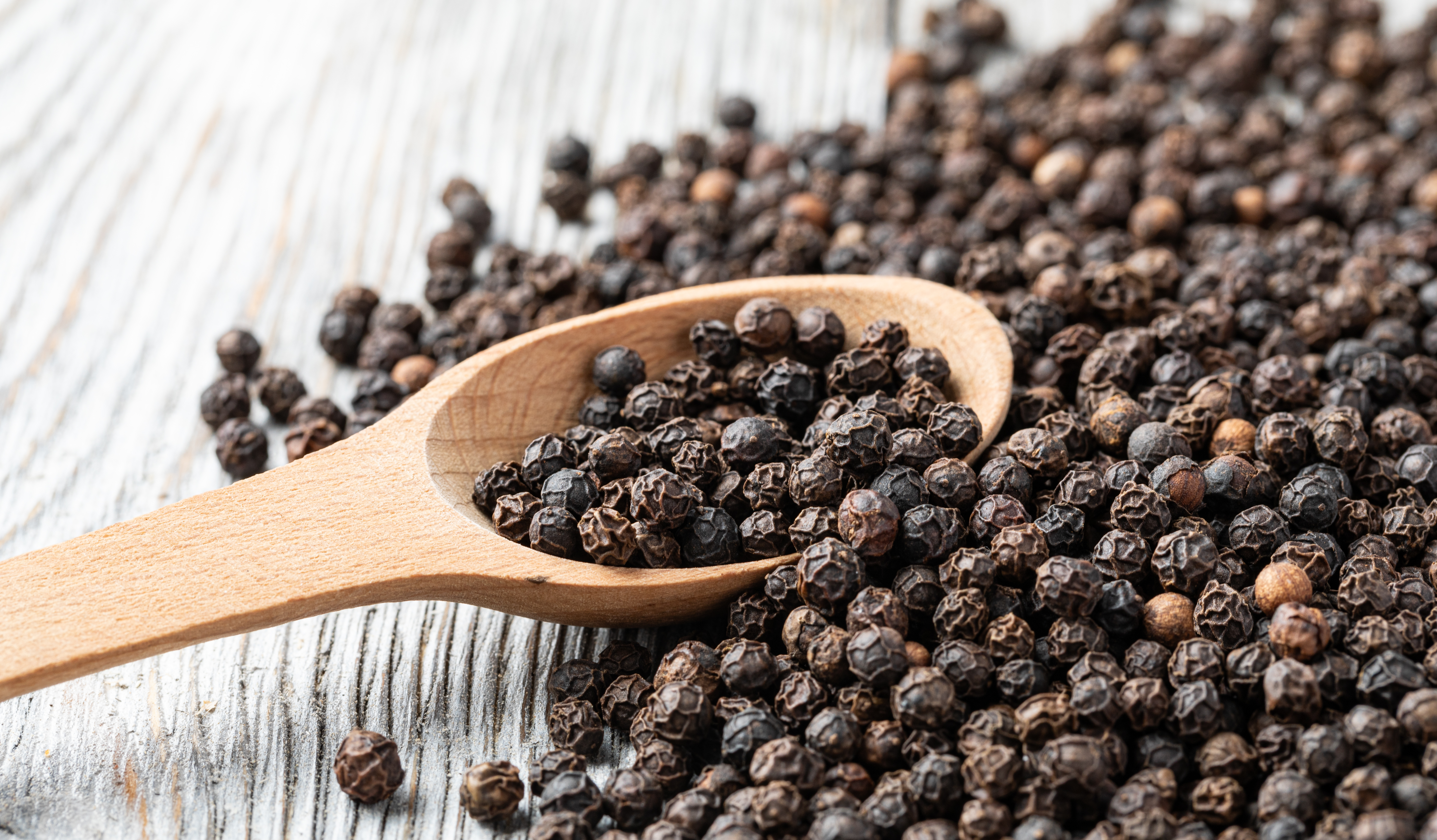
Black pepper, known as the "king of spices," is a ubiquitous seasoning that enhances the flavor of countless dishes. Piperine, the active compound in black pepper, has been shown to improve the bioavailability of other nutrients and may also have a mild blood pressure-lowering effect. By enhancing the absorption of nutrients like curcumin from turmeric, black pepper can amplify the health benefits of other spices. This section delves into the synergistic effects of black pepper in cooking and its potential role in a heart-healthy diet.
6. Cayenne Pepper: A Fiery Health Booster
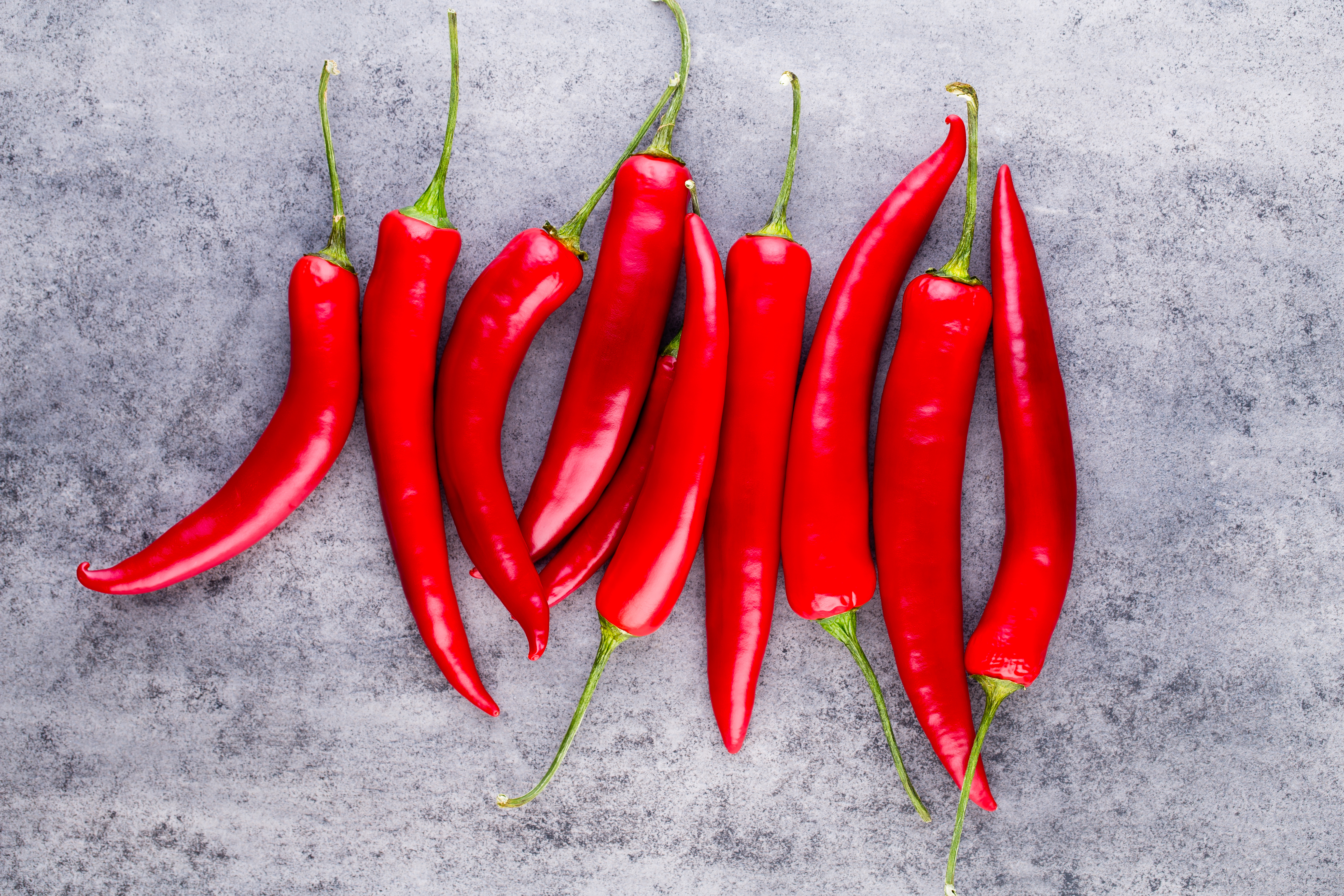
Cayenne pepper, with its fiery heat, is more than just a spice for the daring palate. Capsaicin, the compound responsible for its heat, has been shown to improve circulation and lower blood pressure by relaxing blood vessels. Regular consumption of cayenne pepper, whether in spicy dishes or as a supplement, can support cardiovascular health. This section explores the culinary applications of cayenne pepper and offers tips for those who wish to harness its health benefits without overwhelming their taste buds.
7. Cardamom: Aromatic and Medicinal
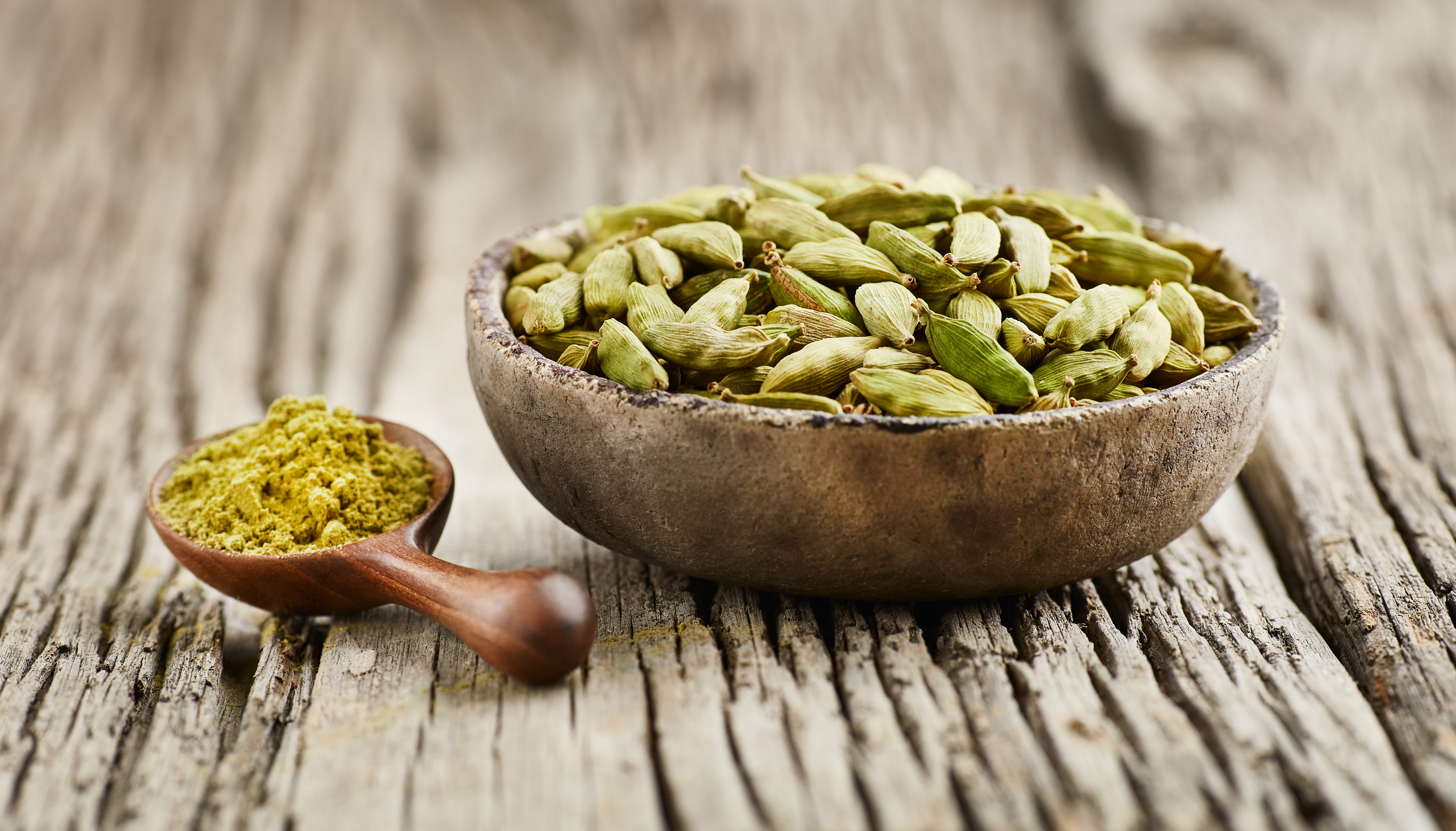
Cardamom, known for its aromatic and slightly sweet flavor, is a popular spice in both sweet and savory dishes. Research suggests that cardamom may lower blood pressure by acting as a diuretic and promoting relaxation of blood vessels. This section delves into the cultural significance of cardamom in various cuisines and its potential health benefits. Practical advice on incorporating cardamom into daily meals, from spiced teas to baked goods, is also provided, highlighting its versatility and health-promoting properties.
8. Basil: Sweet and Savory Health Enhancer
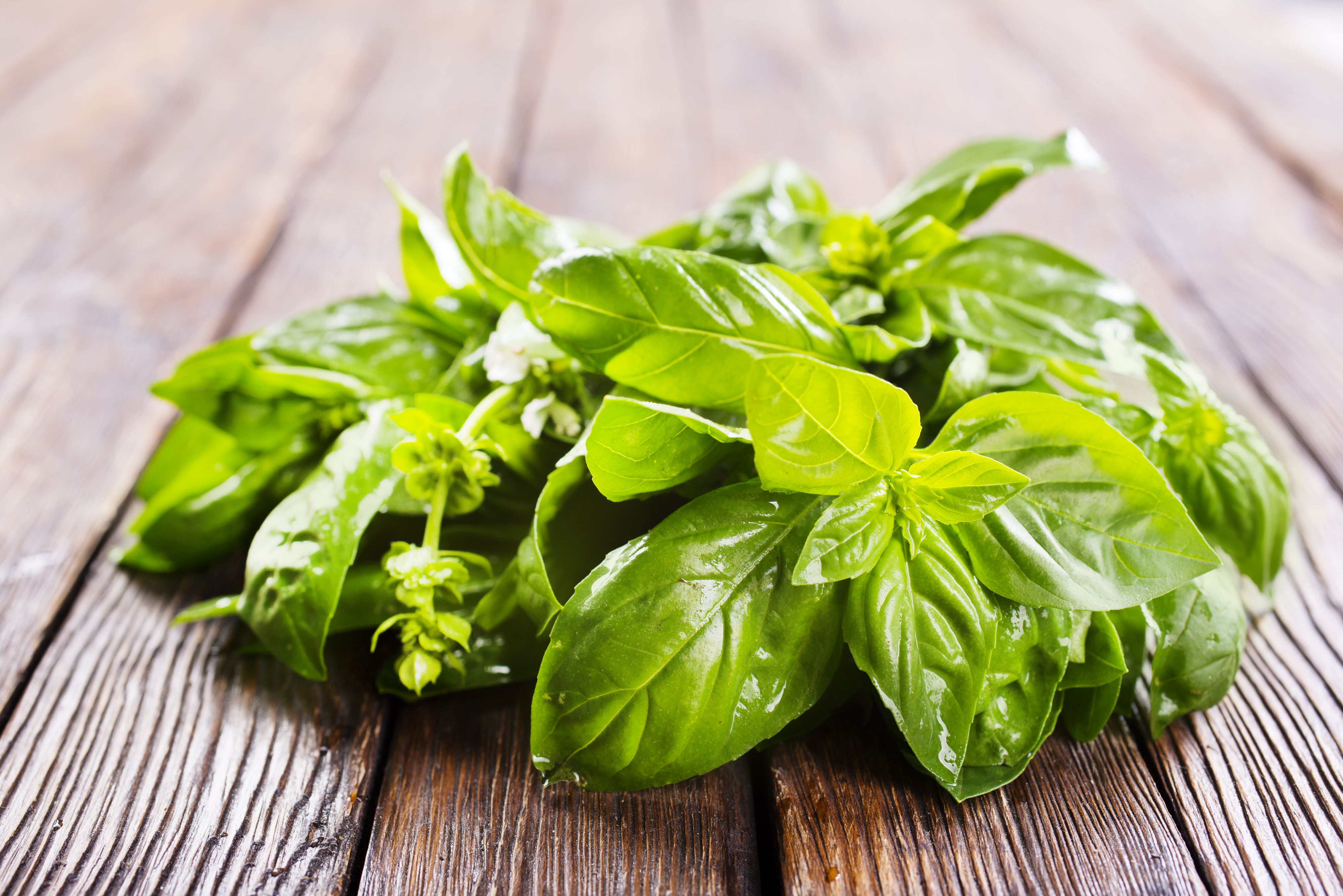
Basil, a fragrant herb often associated with Italian cuisine, offers more than just culinary delight. Eugenol, a compound found in basil, has been shown to lower blood pressure by acting as a natural calcium channel blocker. This section explores the health benefits of basil, from its antioxidant properties to its role in reducing blood pressure. Practical tips for incorporating fresh and dried basil into meals, such as salads, pesto, and soups, are provided, ensuring that its benefits can be enjoyed in a variety of dishes.
9. Fennel: A Sweet and Licorice-Like Remedy
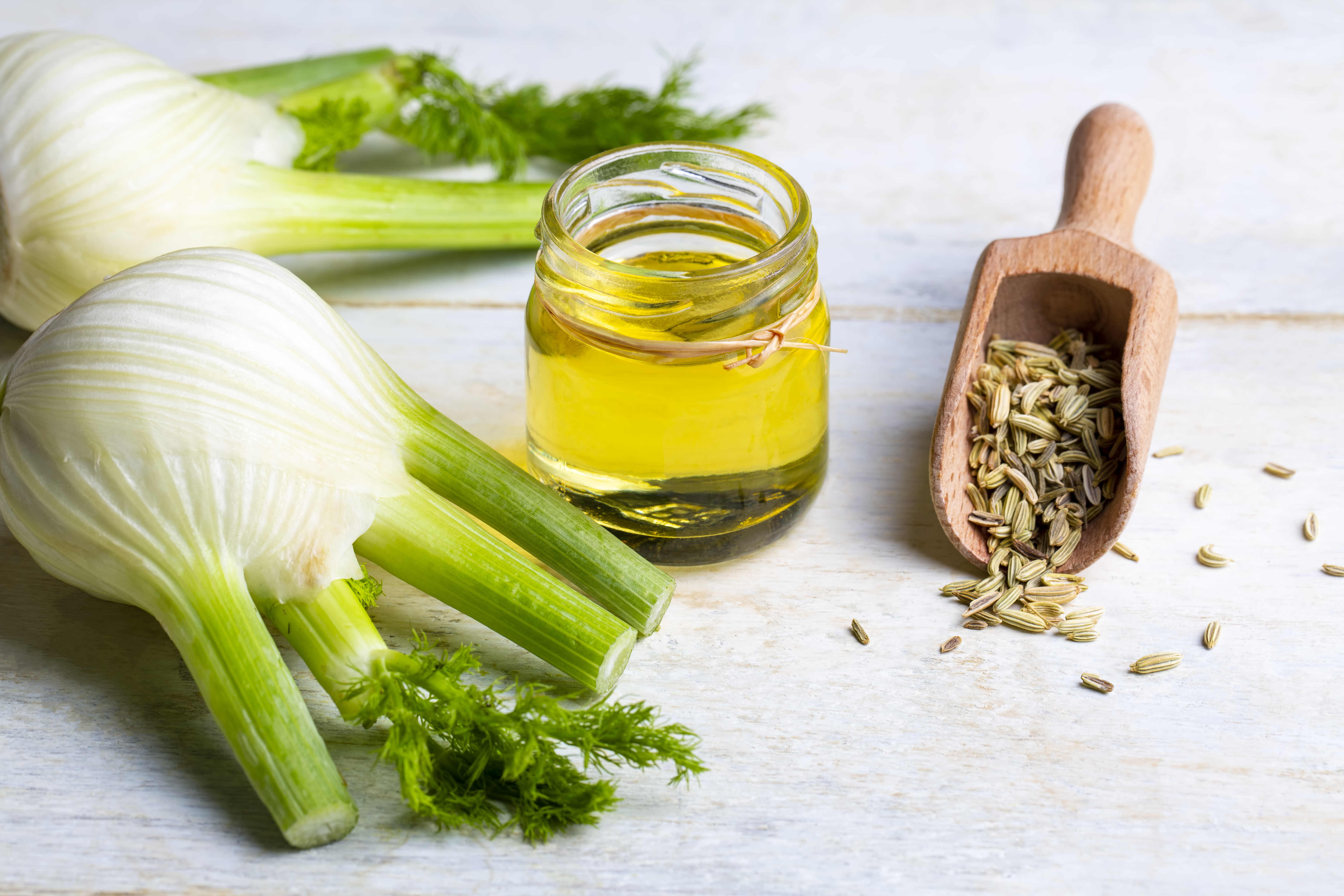
Fennel, with its sweet, licorice-like flavor, is a versatile spice used in both cooking and traditional medicine. The phytonutrients in fennel, such as anethole, have been shown to relax blood vessels and reduce blood pressure. This section explores the culinary applications of fennel, from roasted vegetables to herbal teas, and its potential role in promoting cardiovascular health. Practical advice on incorporating fennel into daily routines is provided, ensuring that its benefits are easily accessible to those seeking natural remedies for hypertension.
10. Coriander: A Citrusy and Nutty Ally
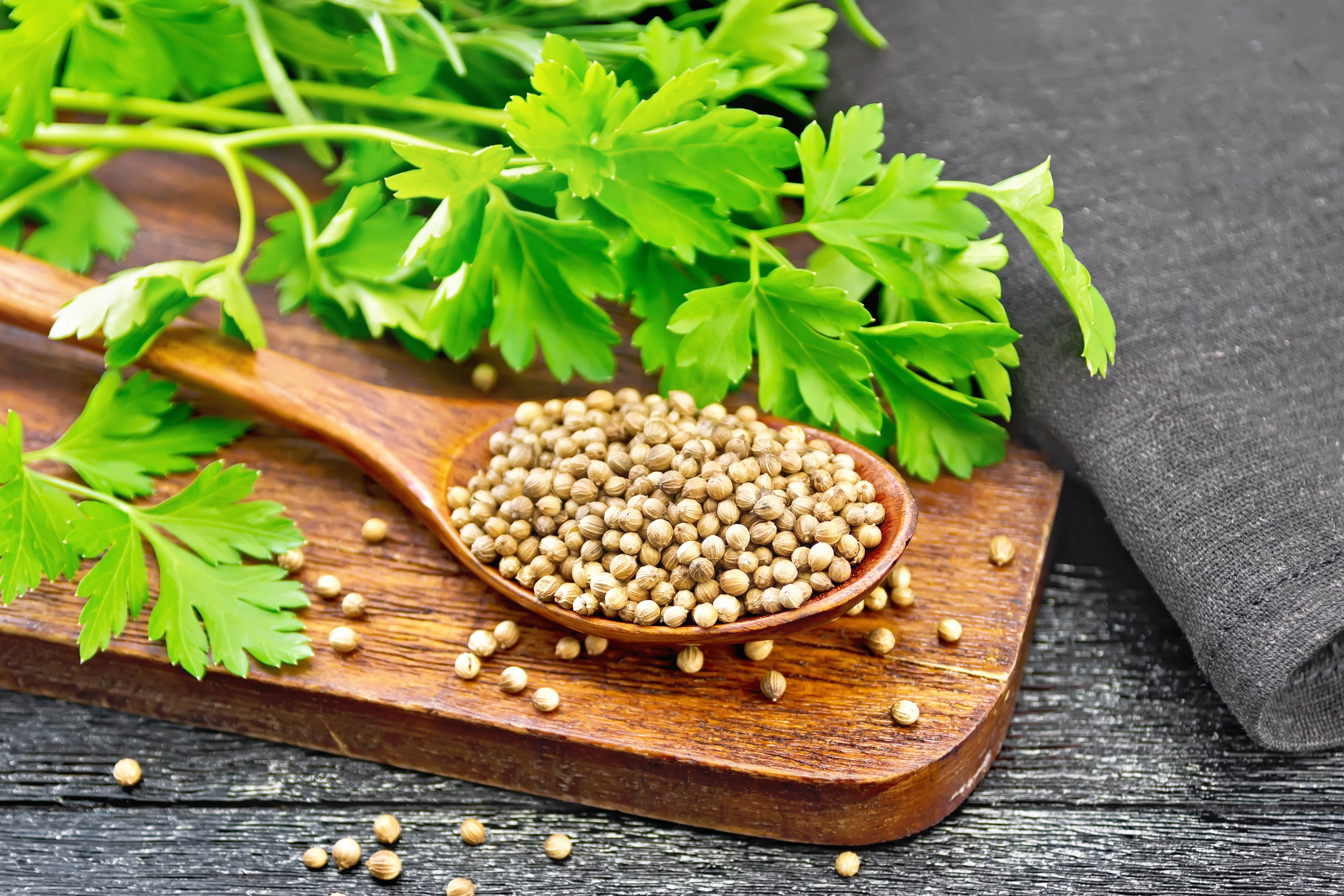
Coriander, known for its citrusy and nutty flavor, is a staple in many global cuisines. The seeds of the coriander plant contain compounds that have been shown to lower blood pressure by acting as a diuretic and promoting relaxation of blood vessels. This section explores the culinary versatility of coriander, from spice blends to marinades, and its potential role in a heart-healthy diet. Practical tips for incorporating coriander into meals are provided, ensuring that its benefits can be enjoyed in a variety of dishes.
11. Rosemary: Woodsy and Robust Health Benefits
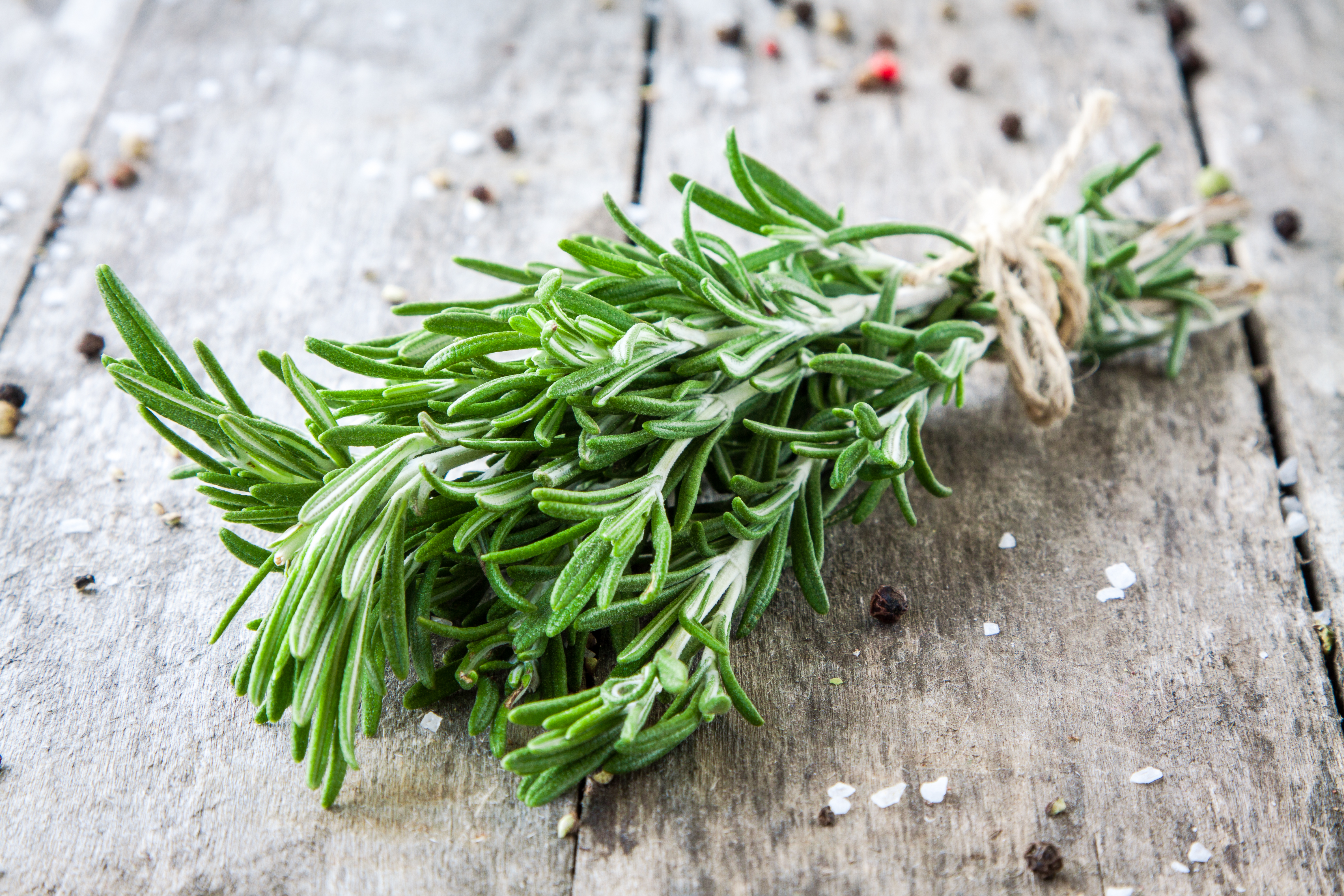
Rosemary, with its woodsy and robust flavor, is a popular herb in Mediterranean cuisine. The antioxidants and anti-inflammatory compounds in rosemary, such as rosmarinic acid, have been shown to improve circulation and lower blood pressure. This section explores the health benefits of rosemary, from its role in reducing oxidative stress to its potential as a natural remedy for hypertension. Practical advice on incorporating rosemary into daily meals, from roasted meats to infused oils, is provided, highlighting its versatility and health-promoting properties.
12. Cloves: Sweet and Spicy Wellness
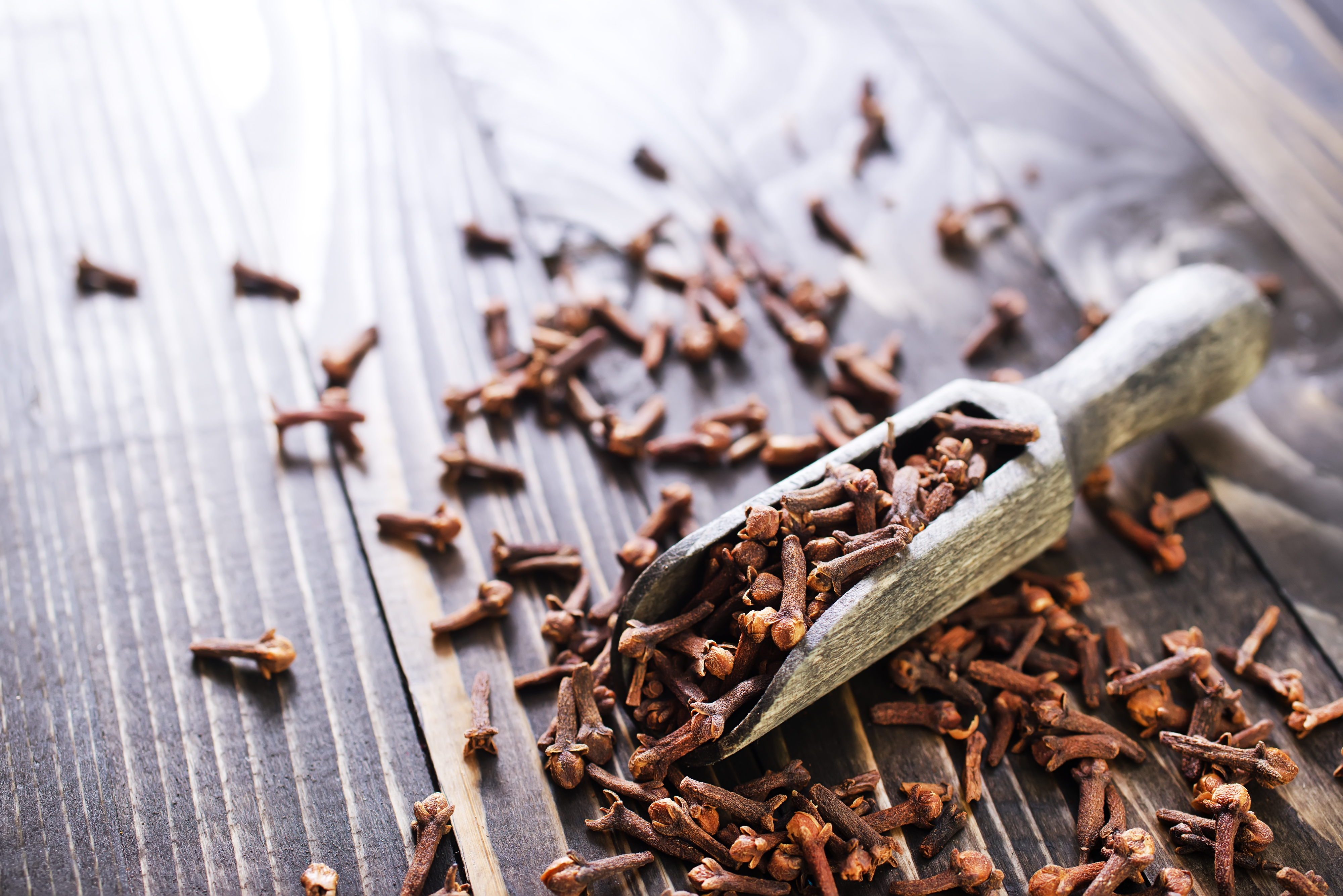
Cloves, with their sweet and spicy flavor, are a common ingredient in both sweet and savory dishes. The active compounds in cloves, such as eugenol, have been shown to lower blood pressure by acting as a natural vasodilator. This section explores the culinary applications of cloves, from spice blends to baked goods, and their potential role in promoting cardiovascular health. Practical tips for incorporating cloves into daily routines are provided, ensuring that their benefits are easily accessible to those seeking natural remedies for hypertension.
13. Nutmeg: A Warm and Aromatic Spice
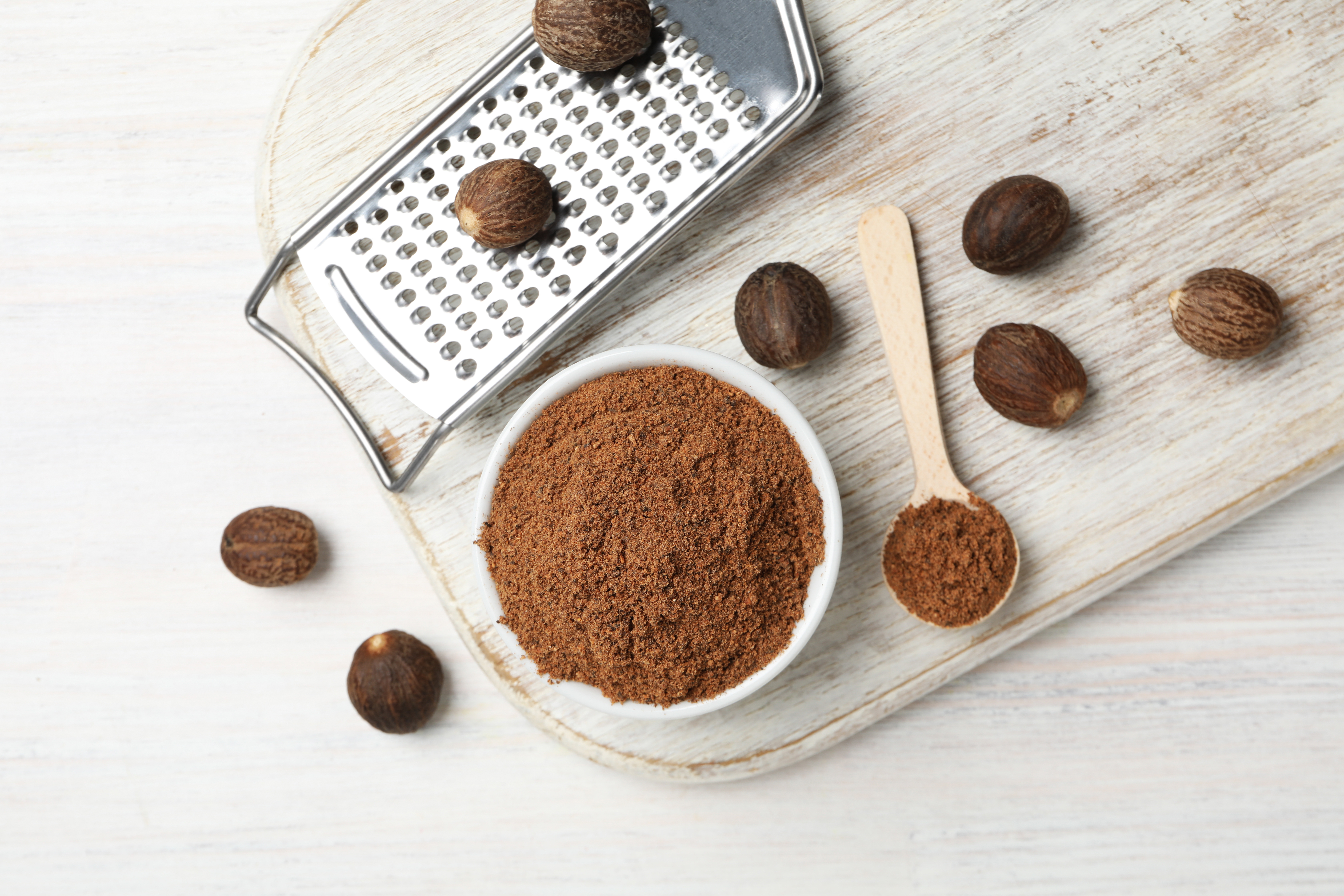
Nutmeg, known for its warm and aromatic flavor, is a popular spice in both sweet and savory dishes. The active compounds in nutmeg, such as myristicin, have been shown to improve circulation and lower blood pressure. This section explores the health benefits of nutmeg, from its role in reducing inflammation to its potential as a natural remedy for hypertension. Practical advice on incorporating nutmeg into daily meals, from baked goods to spice blends, is provided, highlighting its versatility and health-promoting properties.
14. Oregano: Earthy Flavor with Heart-Healthy Benefits
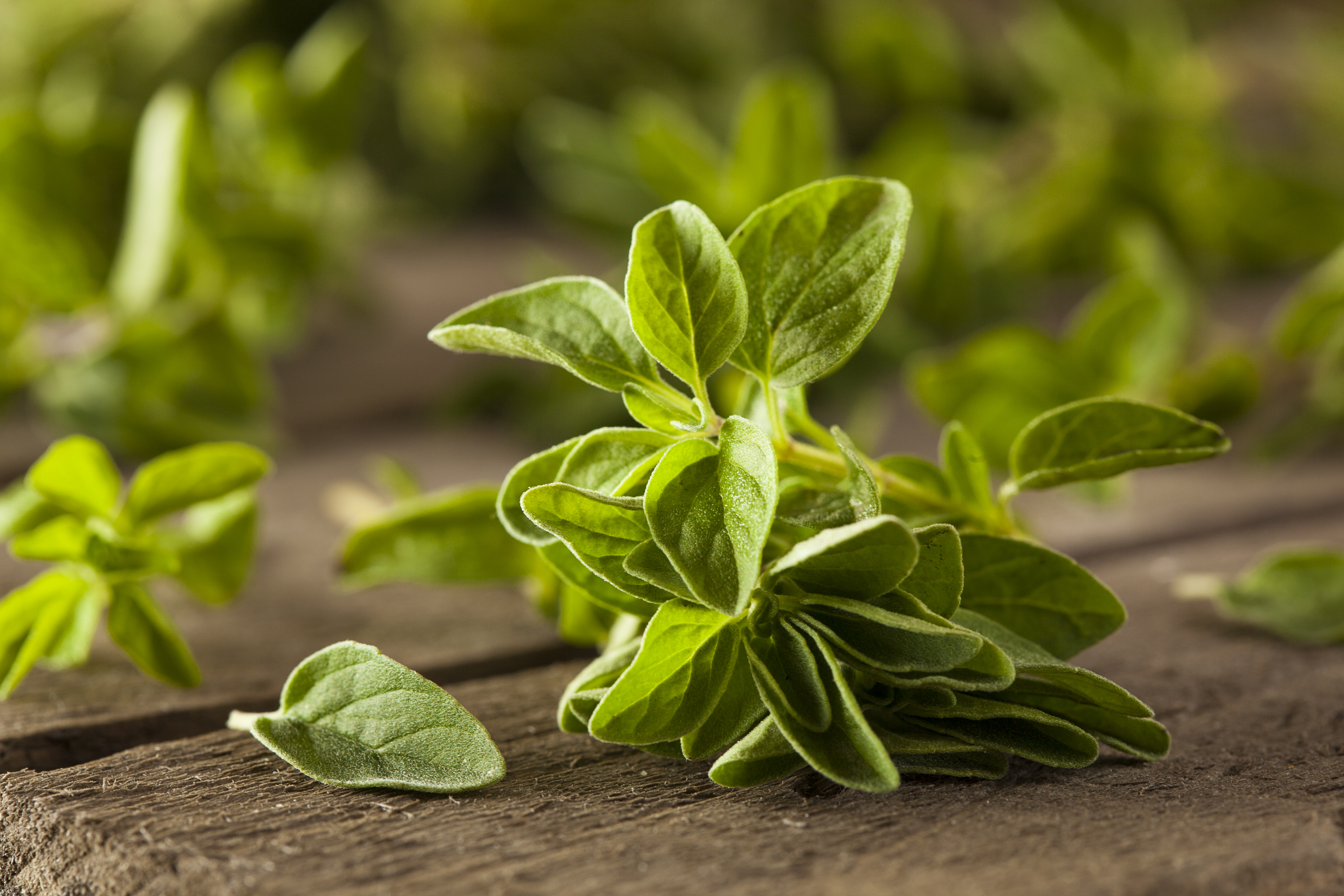
Oregano, often associated with Mediterranean dishes, is more than just a pizza topping. This earthy, aromatic herb contains powerful antioxidants like carvacrol and thymol, which may help reduce inflammation and improve heart function. Emerging studies suggest oregano may act as a natural calcium channel blocker, aiding in the relaxation of blood vessels and promoting smoother blood flow. These effects can contribute to lower blood pressure over time. Whether fresh or dried, oregano can be effortlessly incorporated into salads, pasta, roasted vegetables, and marinades. For an added health boost, oregano oil—used in small, safe doses—offers concentrated benefits. Its bold flavor and natural healing properties make oregano a smart, flavorful addition to a heart-conscious kitchen.
15. Parsley: A Bright and Underrated Blood Pressure Ally
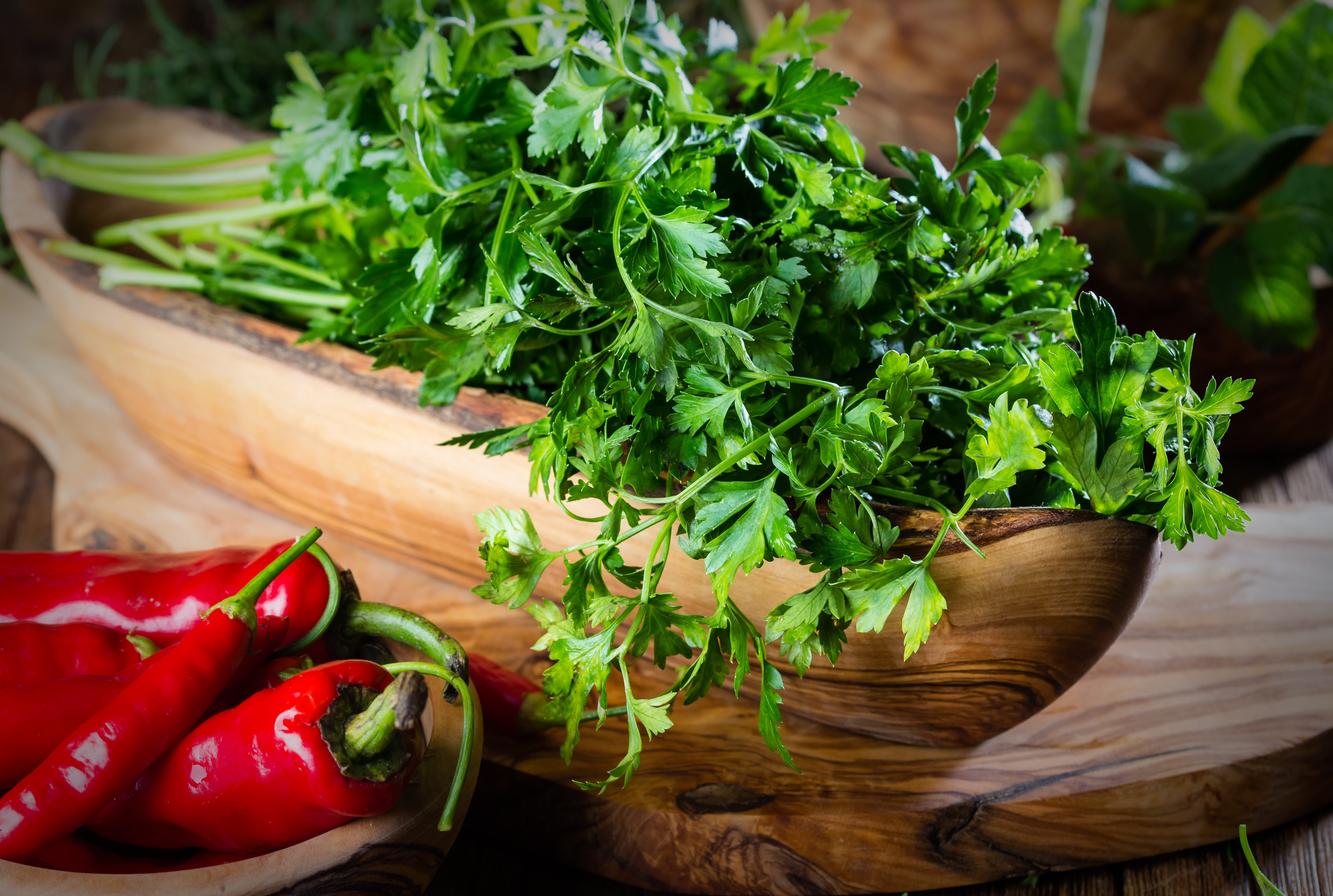
Often relegated to garnish status, parsley is actually a nutritional powerhouse. Rich in nitrates, vitamin C, and flavonoids like apigenin, parsley has been shown to help lower blood pressure by supporting blood vessel dilation and reducing oxidative stress. It also acts as a mild diuretic, helping the body eliminate excess sodium and fluid—two key factors in blood pressure regulation. Incorporating parsley into your daily meals is easy: toss it into salads, blend it into pesto, sprinkle it over soups, or juice it with other greens. Both flat-leaf (Italian) and curly varieties offer benefits, making parsley a fresh, vibrant, and effective ally in the pursuit of better cardiovascular health.
Embracing Spices for a Healthier Future

As we conclude our flavorful adventure through the world of spices, it becomes clear that these everyday ingredients hold immense potential for enhancing health, particularly in managing blood pressure. By embracing the culinary and medicinal benefits of spices, individuals can create a natural and enjoyable pathway to better health. This article has explored the diverse ways in which spices can be incorporated into daily routines, offering practical tips and insights for those seeking to harness their full potential. As we continue to explore the intersection of flavor and health, spices remain a vital component of a balanced and heart-healthy lifestyle.